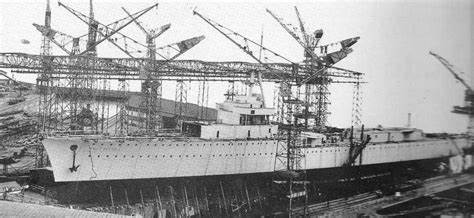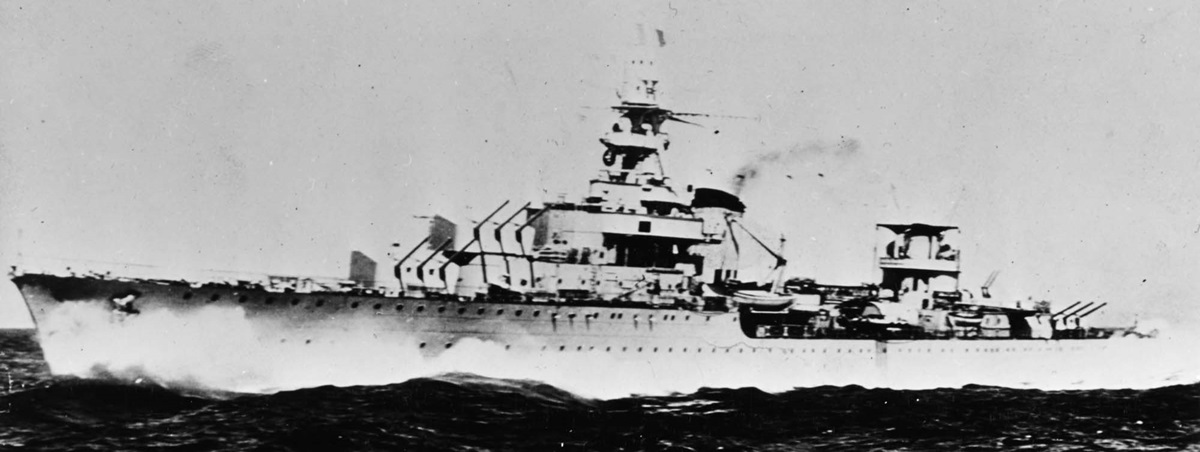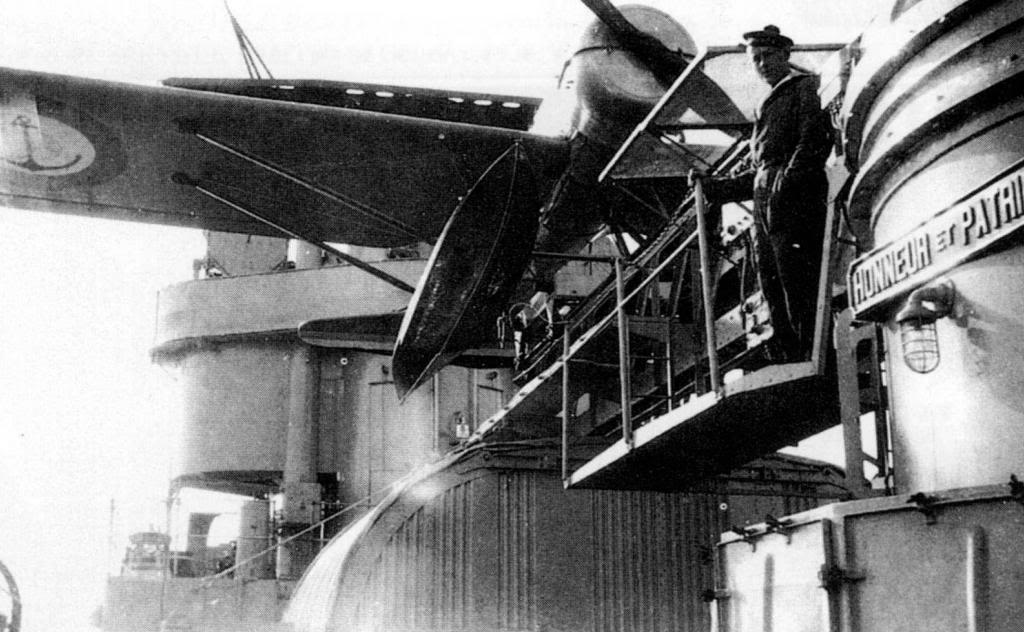
The French were well aware of the need for offensive minelayers. To be able to reach German or Italian waters, lay your field of mines (normally in the night) and get away before the enemy catches you. The two Bertin class, two Mogador Class and six Le Fantasque class made up the offensive minelaying forces of France. The ten ships were split in half with one group based at Brest and the other at Toulon. All ten ships could make 40 knots, an unbelievable advantage. There were no enemy ships that could catch them. For your enemy just sighting these minelaying forces at sea could mean they had laid a mine field somewhere. Many days could be taken up searching for a new mine field. Most new mine fields were found by ships running into them. Then the mine field would restrict sea movement till minesweepers could clear the field.

Minelayers are very specialised ships and for the French these two ships had to have a multi-combat role. Beside the role as minelayers the, ships were slated to act as both general fleet cruisers and training ships. They were not good as patrol cruisers as they had too short a range. The minelaying forces finest hours were operating out of Scapa Flow, during 1943, and haring across to Norway where they could mine the inner and outer leads along the Norwegian coast and interrupt supplies going both ways. Iron to Germany for production while fuel oil and food would go north to the German Fleet units still based in Norway.

The Emile Bertin and Pothuau survived the war and spent time in Indo-China until relieved by other cruisers. They were then sent one to Toulon, and one to Brest as the gunnery training ships for those ports.
From Wiki:

